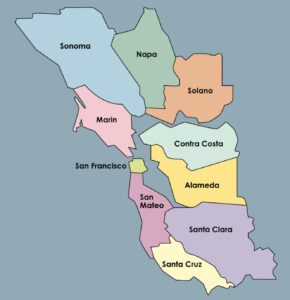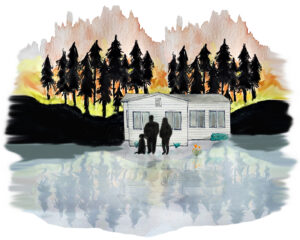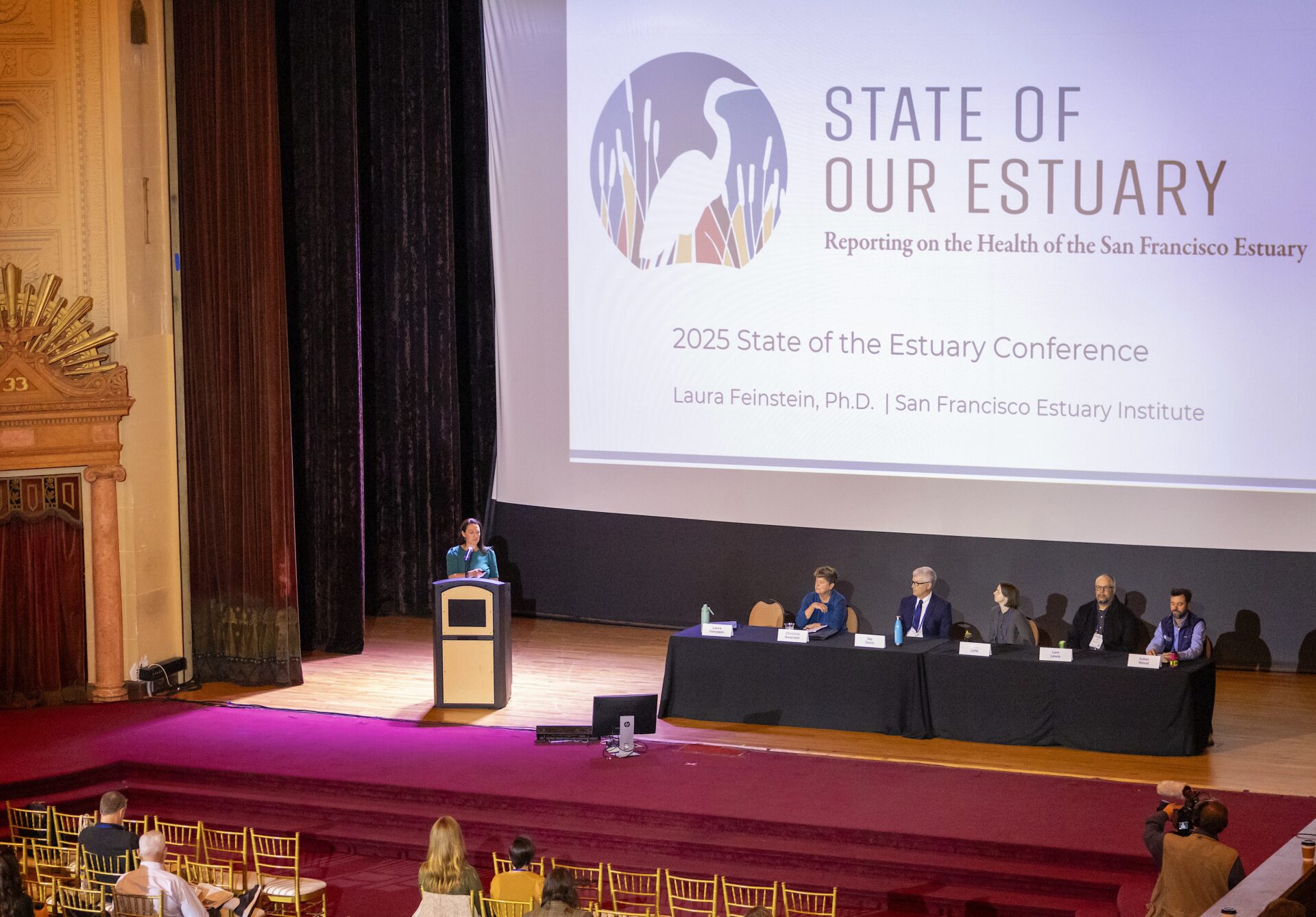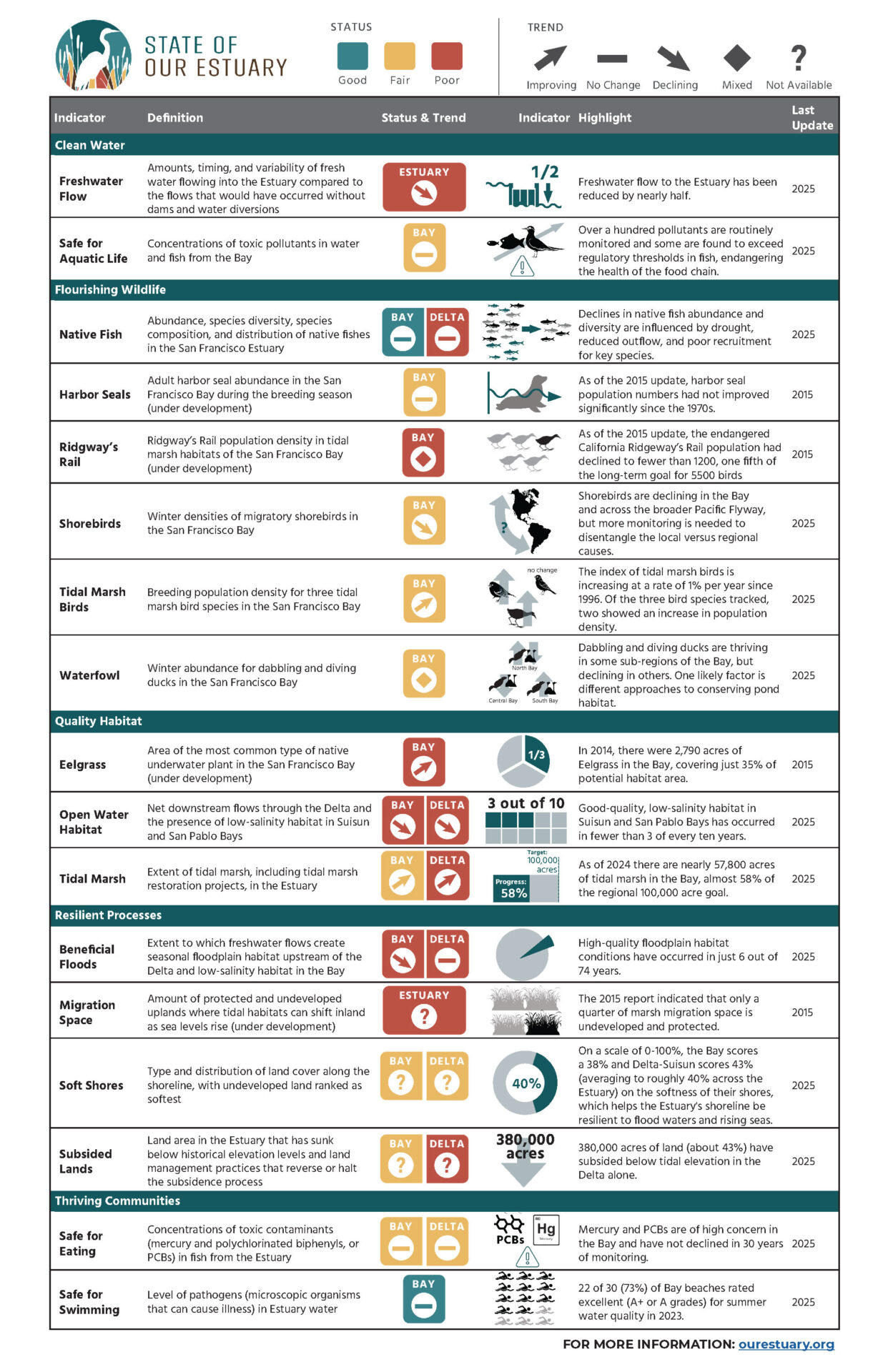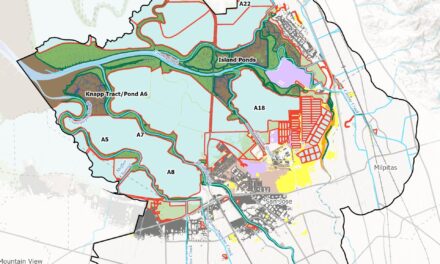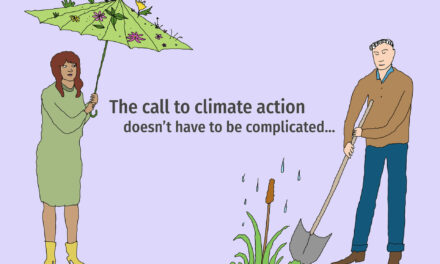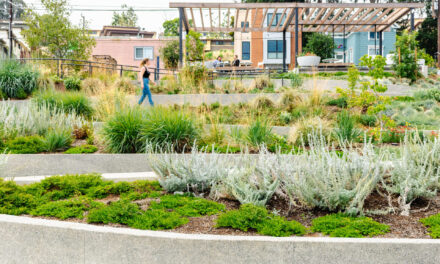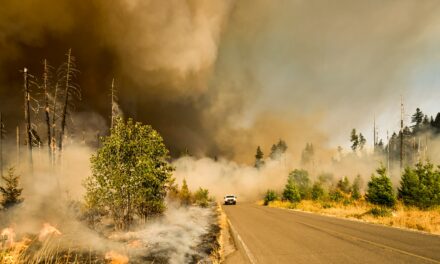Split Verdict Over State of the Estuary
The 2025 State of Our Estuary assessment, released this fall at a regional conference, takes the pulse of the San Francisco Estuary in 17 indicators. It’s a health checkup for over 38 million acres of interconnected rivers, bay, and marsh, revealing which restoration efforts are paying off and where our waterways are still struggling to catch their breath.
The indicators are the visible, measurable bits that scientists can count, test, and track over time: bird counts, acreage of eelgrass, concentration of mercury in an estuary fish. Sometimes, the canary in the coal mine is the marsh-dependent Ridgway’s rail — whose numbers have declined to under 1,200 largely due to urbanization of the shore.
The Bay itself earned fair marks and appears stable. Not stellar, but holding steady. Where things are improving, the credit goes to big moves: large-scale habitat restoration projects and tougher pollution regulations. Wetlands are creeping back along the margins: the Bay now has 57,800 acres, while the Delta has gone from 8,000 to 13,000 acres over five years. In many cases, tidal marsh birds are following.
Cleanup efforts mean the Bay is mostly safe for swimming these days, a victory that would’ve seemed improbable decades ago when industrial waste and toxic slag flowed freely into the water. But legacy pollutants like mercury persist, stubborn reminders of California’s mining past that haven’t declined in 30 years of monitoring.
Other Recent Posts
Who Will Inherit the Estuary? Training for a Rough Future
The six-month program teaches students aged 17 -24 about the challenges facing communities around the SF Estuary, from Stockton to East Palo Alto.
Volunteers Catch and Release Tiny Owls For Science
In Santa Rosa, citizen scientists capture northern saw-whet owls to help further research on climate impacts to the bird.
Antioch Desalination Plant Could Boost Local Water Supply
The $120 million plant opened this fall and treats 8 million gallons of brackish water a day, 75% of which is drinkable.
How Cities Can Make AI Infrastructure Green
Data centers fueling AI can suck up massive amounts of energy, water and land, but local policies can mitigate the impact.
What to Know about PFAS in Tri-Valley Water
In this nonfiction comic, explore how the city of Pleasanton is dealing with PFAS- contaminated groundwater.
ReaderBoard
Once a month we share reader announcements: jobs, events, reports, and more.
Artist Repurposes Shoreline Detritus
Courtney Griffith scours beaches and parks for everything from plastic to charcoal, mangled ropes and burnt wood to use in her work.
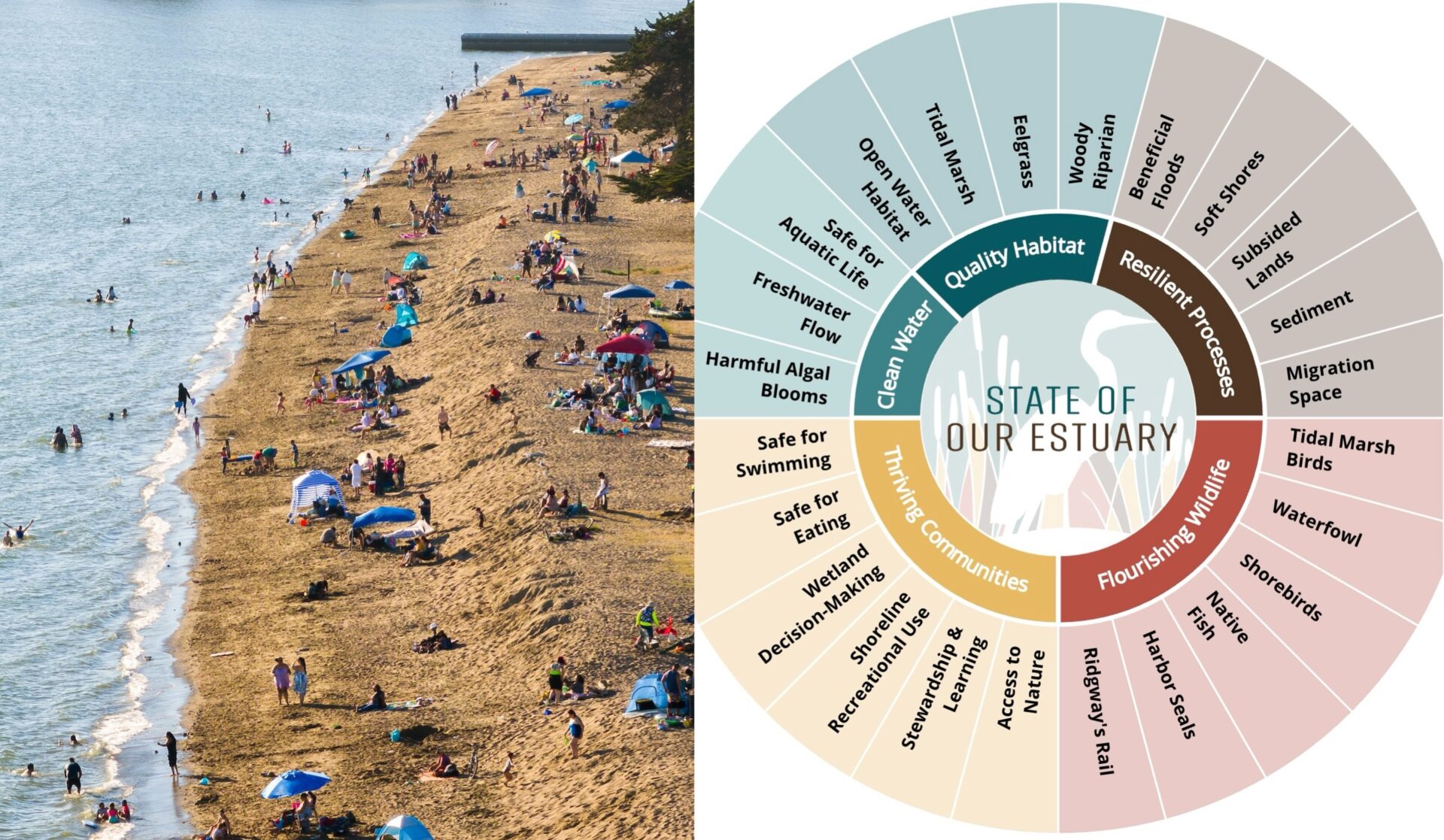
17 indicators tracked by the San Francisco Estuary Partnership to assess the health of the Estuary, including swimmability at places like Crown Beach, Alameda. Photo: Maurice Ramirez
The Delta, meanwhile, is the troubled student in the back: generally poor grades, trending downward. It’s more subsided than the Bay — about 43% of the Delta has sunk below tidal elevation, creating a big engineering challenge for the future. Freshwater diversions to cities and farms have created “chronic artificial drought conditions,” reducing flow to the Estuary by nearly half.
When water is siphoned away year after year, it adds up to an ecological overhaul. With less fresh water coming from the upper watershed, floodplains don’t flood, and wetlands in Suisun and the North Bay don’t get their regular pulse of low-salinity water. As a result, fish and birds lose seasonal habitats and nurseries. Without them, the Delta’s native species are disappearing, replaced by invasives better suited to the new, more stagnant regime.
So what does this mixed report card mean for the future? Here’s the good news: where intervention is happening, it’s working. Wetlands restored, pollution regulated, habitat expanded; these efforts show up in the data as tangible improvement. The challenge is that not every part of the system is getting that level of attention. And in California, where water is always the story behind the story, the choices we make about flows and fresh water demand will determine whether the Delta rebounds or slides further into ecological debt.

